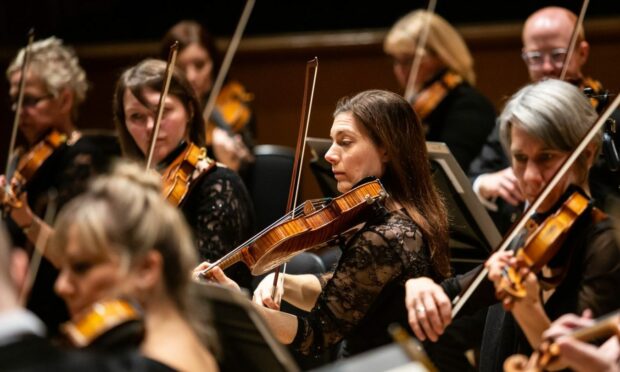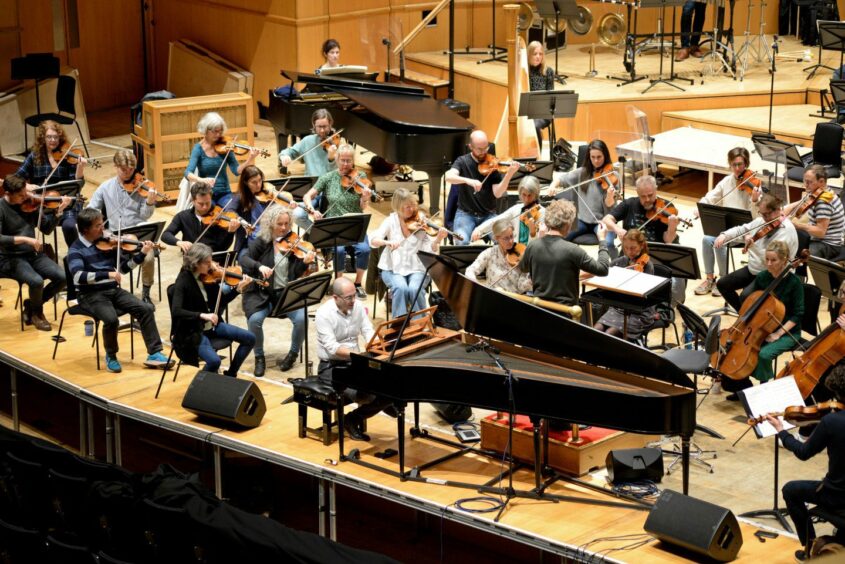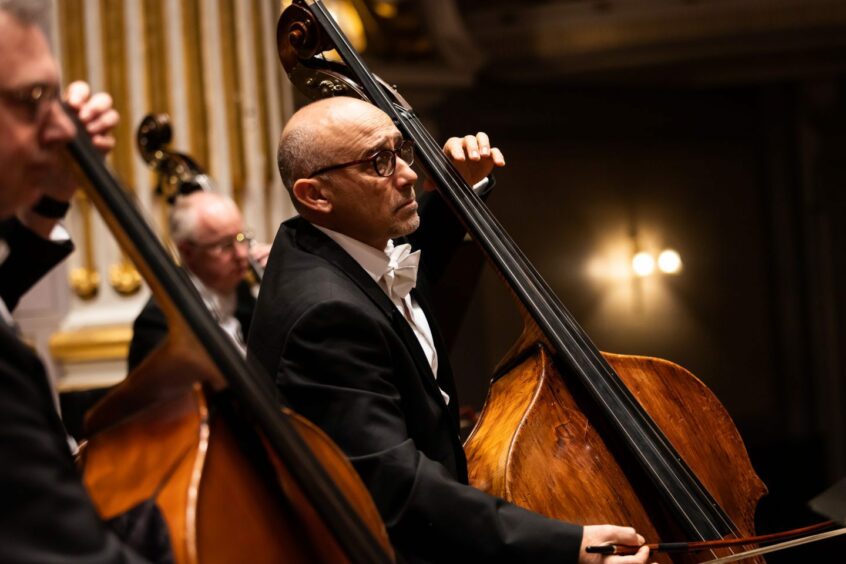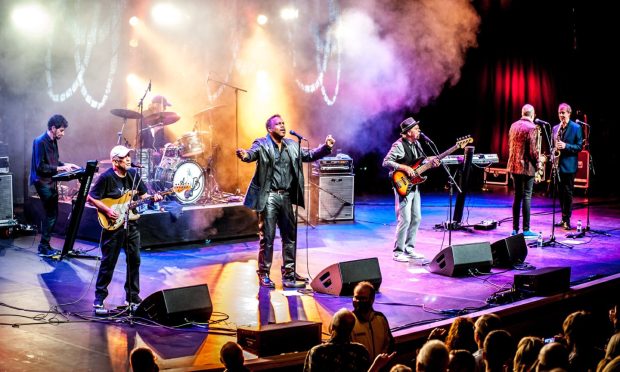A casual glance at the programme for Thursday night’s RSNO concert might have caused a raised eyebrow or two.
Organ and harpsichord on the same bill? Is this a symphonic concert with a baroque twist? In reality, it wasn’t.
The harpsichord work was a contemporary one, written in 2019 by Poul Ruders.
Came about in style
The organ work – not a concerto but a means of adding brilliant colour to an already vivid musical palette – Sain-Saens’ third symphony, labelled justifiably so the “Organ symphony”.
Add to that some ballet music from Stravinsky and you have an interesting programme on paper and one that came to reality in some style.
First focus should be on the Ruders concerto, and If I was on the jury I’d still be out on this one.
OK it was the UK premier and the composer was there to witness it, but I found soloist Mahan Esfahani fighting, at times, a losing battle with a full symphony orchestra.
He’s a brilliant exponent of this instrument, virtuosic even, but even with enhanced electronic amplification I lost his thread more than once.
‘If only there had been melody’
The harpsichord is what it is, and its inability to increase volume naturally is something of a drawback.
The second movement, with soto voce orchestra, gave him a chance to shine, if only there had been a melody to shine with.
Talking of melodies, Stravinsky’s ballet score to Jeu De Cartes was positively brim full of them, and if he classed it “neo-classical” it’s mainly because of his shameless plagiarism of snatches of Beethoven and Rossini.
Having said that, as symphonic works with a ballet connotation go, it was superbly entertaining, with Sondergard and the RSNO really getting to grips with a pulsating and multi-faceted score.
While everyone shone, the woodwind section in particular positively glistened.
With the greatest respect to the other venues this programme entertained, the Usher Hall and the Glasgow Royal Concert Hall, there’s only one place that befits Saint-Saens third symphony.
The Caird Hall organ is heard in its imperious majesty in the mighty chords that constitute the second movement.
Nevertheless, I thought Michael Bawtree had a few stops left to play with as I have heard this organ provide even more thunder.
A magnificent moment
However, the organ isn’t just there for full-out bravissimo. It plays a subtle role early on in the proceedings.
This gave full rein to the RSNO, as the composer employs some marvellous orchestral textures, colourful yet subtle, refined not flamboyant and I thought this was a magnificent interpretation by both conductor and orchestra.
Despite the marvellous entirety of the symphony, there’s always the one moment that sets my spine a-tingling – the massive C major organ chord that heralds the penultimate part of the second movement. Simple, yes, but terribly effective.












